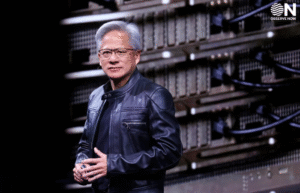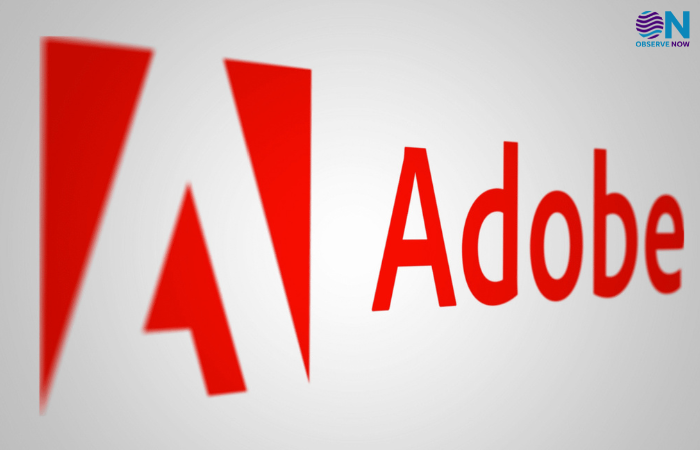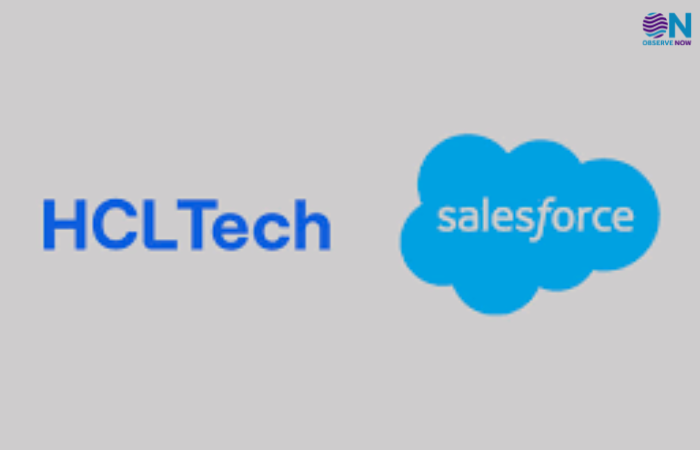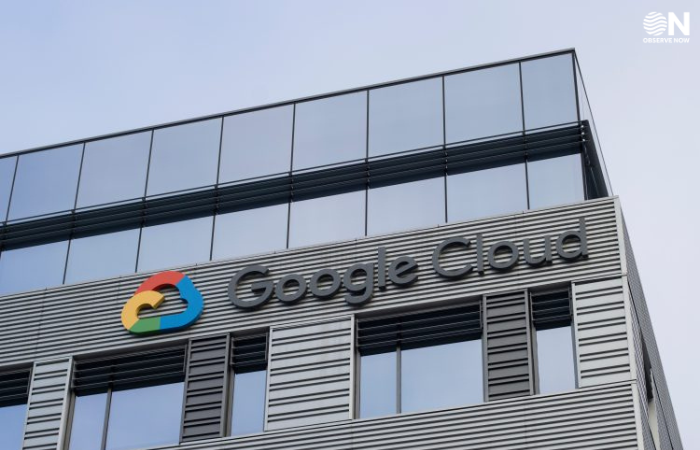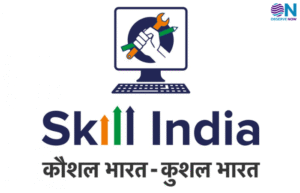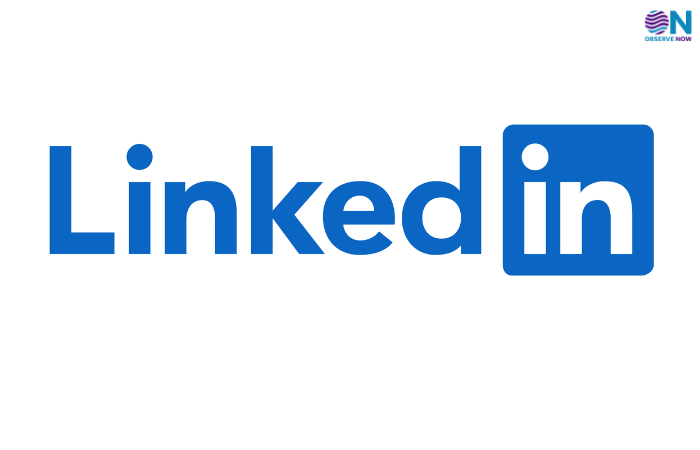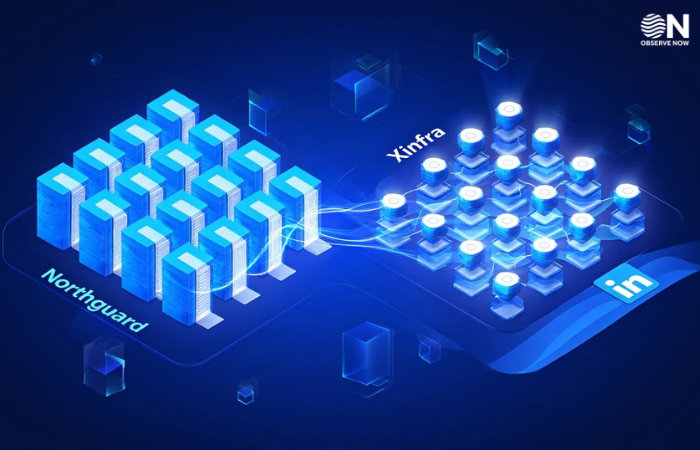Thales and Skydweller Team Up on Solar-Powered, AI-Equipped UAV for Persistent Maritime Surveillance
Thales and U.S.-based Skydweller Aero have unveiled an ambitious joint venture to develop a solar-powered unmanned aerial vehicle capable of sustained maritime surveillance missions extending from weeks to months. The partnership, announced at the Paris Air Show in mid-June, integrates Thales’s advanced AirMaster S radar—enhanced with artificial-intelligence functions—onto Skydweller’s medium-altitude pseudo-satellite platform, marking a milestone in ultra-endurance, zero-carbon aerial surveillance.
Built with a wingspan comparable to that of a Boeing 747, Skydweller’s UAV combines over 17,000 solar panels and lightweight carbon-fiber construction to sustain flight durations previously unattainable by conventional UAVs. Its payload capacity reaches approximately 400 kg—substantially more than earlier solar-based platforms—and is powered by solar energy alone, enabling long-term, emission-free operation .
Central to the system is the AirMaster S radar, an X-band active electronically scanned array (AESA) previously deployed on manned maritime patrol aircraft. The radar leverages AI to autonomously classify thousands of simultaneous air and sea tracks within a roughly 200 km range. It auto-adjusts settings mid-flight and filters data to send only critical intelligence to operators, thus minimizing bandwidth and enhancing situational awareness.
The strategic edge of this UAV lies in its cost and endurance advantages. Sebastien Renouard, Skydweller’s head of international development, estimates operational costs to be five to ten times lower than those of conventional drones such as the MQ-9 Reaper. The firm has already defined a landmark milestone of achieving 90 days of continuous flight, with future objectives extending to potentially year-long missions supported by predictive maintenance technologies.
Philippe Duhamel, Executive Vice President for Defense Mission Systems at Thales, highlighted how Skydweller’s pseudo-satellite UAV complements traditional assets by providing continuous maritime oversight—an operational mode beyond the reach of current crewed systems.
The joint solution is positioned to meet a wide spectrum of use cases. While military adoption is prioritized, both companies note growing interest from border control, emergency response, and civil surveillance entities in North America and Europe. Designed for operation in equatorial zones and summer polar latitude, it also supports missions across diverse geographic environments.
This UAV reflects a transformative leap in aerial surveillance. By merging solar-powered endurance with AI-enhanced sensing, the Thales–Skydweller collaboration introduces a new paradigm: a cost-effective, emissions-free, and semi-autonomous system tailored for long-duration oversight of maritime and border zones.
As interest grows and initial military contracts emerge, this solar-powered UAV could redefine maritime security frameworks—serving as a complement to satellites, ships, and manned aircraft. With endurance measured in months rather than hours, the initiative could reshape how nations monitor increasingly critical environments like Exclusive Economic Zones and contested waters.
Ultimately, this initiative signals how solar propulsion, advanced radar, and AI are converging to chart the future of unmanned surveillance, offering persistent, intelligent, and sustainable aerial capability for a broad spectrum of defense and civilian missions.




